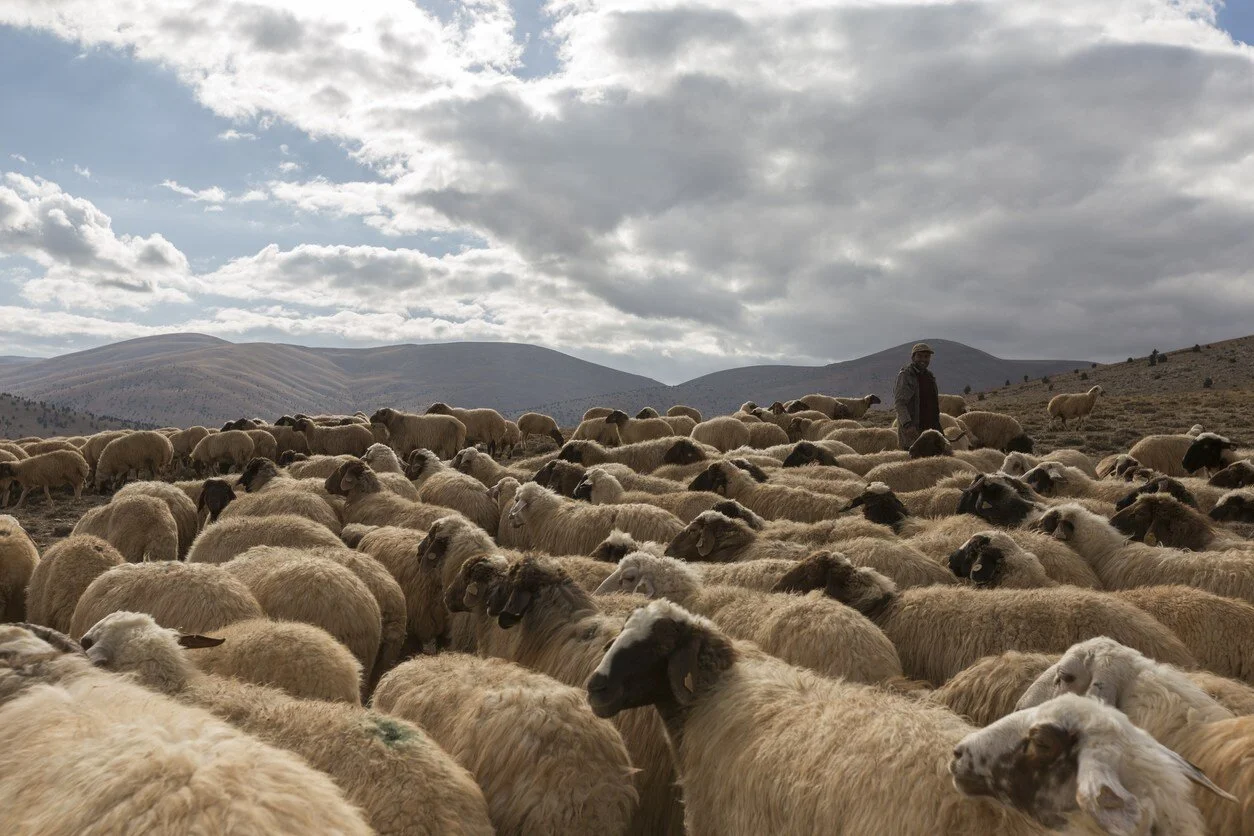Farmworkers
The National Center for Farmworker Health estimates that there are about 3 million farmworkers in the United States. More than a million work in California alone. Farmworkers face many on-the-job risks, both environmental and social. Constant exposure to pesticides, insecticides, and fertilizers can result in birth defects, asthma, and cancer. Farmworkers are frequently victims of wage theft and many live in constant fear of immigration raids and deportation.
Read More
Farmworkers are especially vulnerable due to the lack of transparency and accountability surrounding their working conditions. As consolidated, large-scale corporate growers have dominated farming, the management of farm labor is increasingly outsourced to contractors. These contractors act as intermediaries between farmworkers and growers, and provide loopholes for large-scale growers to avoid providing basic employee protections. Contractors are rarely inspected, despite their large role in the labor market; in California, for example, contractors supply anywhere between 50 and 75% of farmworker labor in that state. Nationally, labor contractors hire about 20% of farmworkers in the US.
According to the latest National Agricultural Workers Survey, about 68% of farmworkers are men, 83% identified as Hispanic, and roughly half were undocumented. While most U.S. farmworkers are born abroad, around 30% are U.S. citizens and 78% have been in the U.S. for at least 10 years. Just under 20% of farmworkers traveled 75 miles outside their home base for work or followed the harvest as a migrant worker, down considerably from the 1990s when migrating farmwork was more common. The use of temporary foreign guest workers on H-2A visas, however, continues to rise and these workers comprised 10% of the farm labor force in 2019. According to data collected by the Food Chain Workers Alliance, more than 50% of agricultural workers earn a sub-minimum—below poverty—wage. The average reported farmworkers’ personal income in 2015 was just $18,750.
Since its inception, the commercial American agriculture system has relied on an oppressed and disenfranchised Black and Brown workforce. In 1619 the first Black African enslaved people arrived in Virginia to work farms, and enslaved Black laborers fueled American plantation agriculture for nearly 250 years. After the 13th amendment prohibited slavery, with the exception of punitive prison labor, many former enslaved Black people continued to work the fields as indebted sharecroppers. In the mid-19th century immigrants from China, Japan, and the Philippines also entered the Southern sharecropping system and worked in the growing west coast fruit, vegetable, and wine industries.
Recruiting workers from other countries to temporarily come to the U.S. for seasonal agricultural work was not widespread until World War I, when war-driven labor shortages prompted the U.S. to establish a guest worker program with Mexico in 1917. The program ended in 1922 but was followed by a much larger guest worker agreement with Mexico in WWII, formerly called the Mexican Farm Labor Program but widely known as the “bracero” program after the Spanish word for laborer. This program brought about 4.5 million Mexican workers to do temporary agricultural work in the US between 1942 and 1964, when the program ended.
Farmworkers have never had the same protections and legal rights as other workers. Most critically, farmworkers are excluded from key aspects of the Fair Labor Standards Act (FLSA), a worker protection law passed in 1938. Agricultural workers initially weren’t included in any of the protections provided by the FLSA. But in 1966 an amendment to the Act guaranteed farmworkers minimum wage and child labor provisions. However, to this day farmworkers are still excluded from overtime provisions and hour guarantees. And their working conditions are frequently well below the legally guaranteed standards that many workers rely on.
Farmworkers have frequently launched their own campaigns for better pay, living conditions, health care, and hours. But farmworkers are limited in their abilities to organize because of their exclusion from the National Labor Relations Act. Farmworkers who do attempt to organize can face extreme consequences, such as withheld wages, violence, or deportation. As a result, only about 1% of farmworkers interviewed by the United Farm Workers in 2011 were unionized.
Despite the risks, farmworkers have successfully won campaigns across the country. Throughout the 1960s and 70s, the United Farm Workers, under the direction of Cesar Chavez, used boycotts and strikes to help end the bracero program, draw attention to abusive work conditions, and attain higher wages.
Today, farmworker organizing is happening across the country. The Coalition of Immokalee Workers (CIW), a group that represents tomato pickers in and around Immokalee, Florida, has achieved particular success. The CIW works with restaurant chains, supermarkets, and distributors to raise the wages of tomato pickers and bring awareness to the plight of farmworkers. The group has signed 11 multi-billion-dollar food retailers onto their Campaign for Fair Food. And the CIW has helped to prosecute employers in nine cases of modern-day wage slavery, liberating 1,200 farmworkers from enslavement in Florida.






